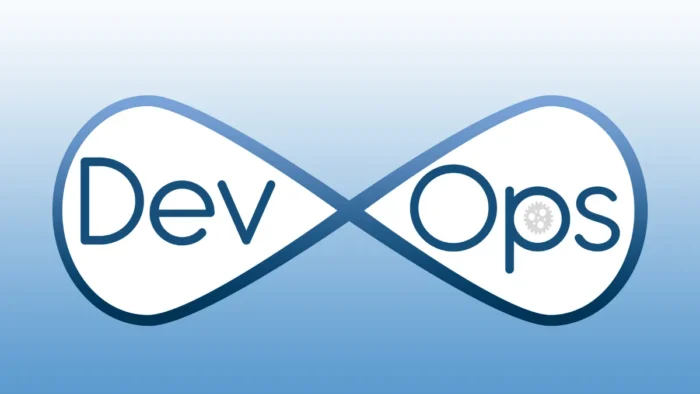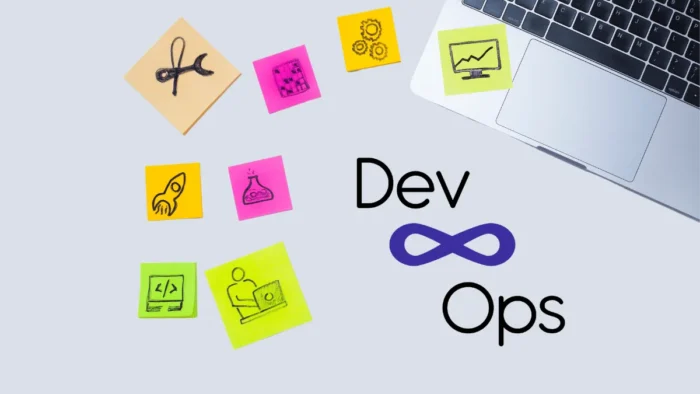DevOps is a set of practices that combine software development (Dev) with IT operations (Ops) to improve the timeliness and efficiency of software delivery. DevOps aims at shortening the time between software creation and deployment by optimizing the development process and automating many of the human tasks related to software delivery.
We’ve compiled a list of key DevOps techniques to ensure software project success.
Create a Collaborative Culture
The primary goal of deploying DevOps is to remove the obstacles that impede development, operations, and quality assurance teams from efficiently collaborating. By doing things this way, the software may be created and delivered to customers considerably faster. If they are to achieve this level of collaboration, the whole technical team must adopt a new mindset and attitude, and they must all work towards a single goal or set of objectives.
To meet customer needs, software developers and operations specialists must assume full responsibility for the software development process and interact. When DevOps is adopted, everyone in the team is accountable for both the development and the operation of the system, regardless of the specific roles that each member of the team performs.
Document the Entire Process
Documentation has long been a source of worries for information technology professionals. It was always done at the last minute, and occasionally it wasn’t done at all if the request wasn’t particularly specific.
Nonetheless, documentation is critical since DevOps requires collaboration across all teams involved in the software lifecycle. The operations team’s efforts are not concentrated on a single piece of software, hardware, or project. Instead, it is capable of simultaneously monitoring and optimizing several applications and systems. The operations staff must understand how the application works. The requirements documents cover both the business rules and the strategy for putting them into reality. As such, correct documentation will be used as a reference against which the system will be checked, resulting in a more efficient procedure.

Don’t Stop Learning
Every chief information officer strives for the same degree of operational efficiency as the industry’s giants. The passage of time has resulted in the significant development of new practices during the past several years. Kubernetes and many other open-source projects are moving into the DevOps realm to allow better deployment scenarios. These technologies have recently become commonplace. Making your case studies to document the evolution process can assist you and the industry in developing learning strategies that are more specific to the industry, the region, and individual skills to fulfill the expectations of organizations more successfully.
Use Automation When Possible
Automation has the potential to greatly improve efficiency, increase profitability, and free up a substantial amount of staff time. It is feasible to automate a substantial amount of hard work in the field of software development and operations, saving significant time and energy.
Automated testing is one area of DevOps that has the potential to provide a lot of insightful findings. As a result, nothing will slip through the gaps, and everything will be dealt with as soon as it presents a threat to the company.
Test Regularly
Continuous testing is a way of integrating testing into the software development life cycle (SDLC). It allows developers to detect and correct issues while they are still in the development stage, rather than later in the process. In contrast to human testing, automated testing ensures that releases are more reliable and error-free without interfering with the flow of the software life cycle.
DevOps teams may achieve test automation if they fulfill several responsibilities, such as identifying test case scenarios, incorporating an appropriate environment, implementing the appropriate tool set for automation, and interpreting test results.
Collect Continuous Feedback
Continuous feedback is an iterative process that DevOps professionals use to ensure that team members have a complete and up-to-date record of all the tasks they are responsible for completing on time. This guarantees that any concerns are reported to the teams responsible for development, testing, and operation as soon as feasible and promptly, regardless of where they are in the pipeline. Every reported development issue, difficulty with performance, integration, build, and defect will be placed in a continuous loop and sent to the product management team in a timely way.
The goal of this development mechanism was to allow the development team to work more quickly without losing quality. One of the foundations on which DevOps is based is continuous feedback, and it is this foundation that boosts both speed and quality.





